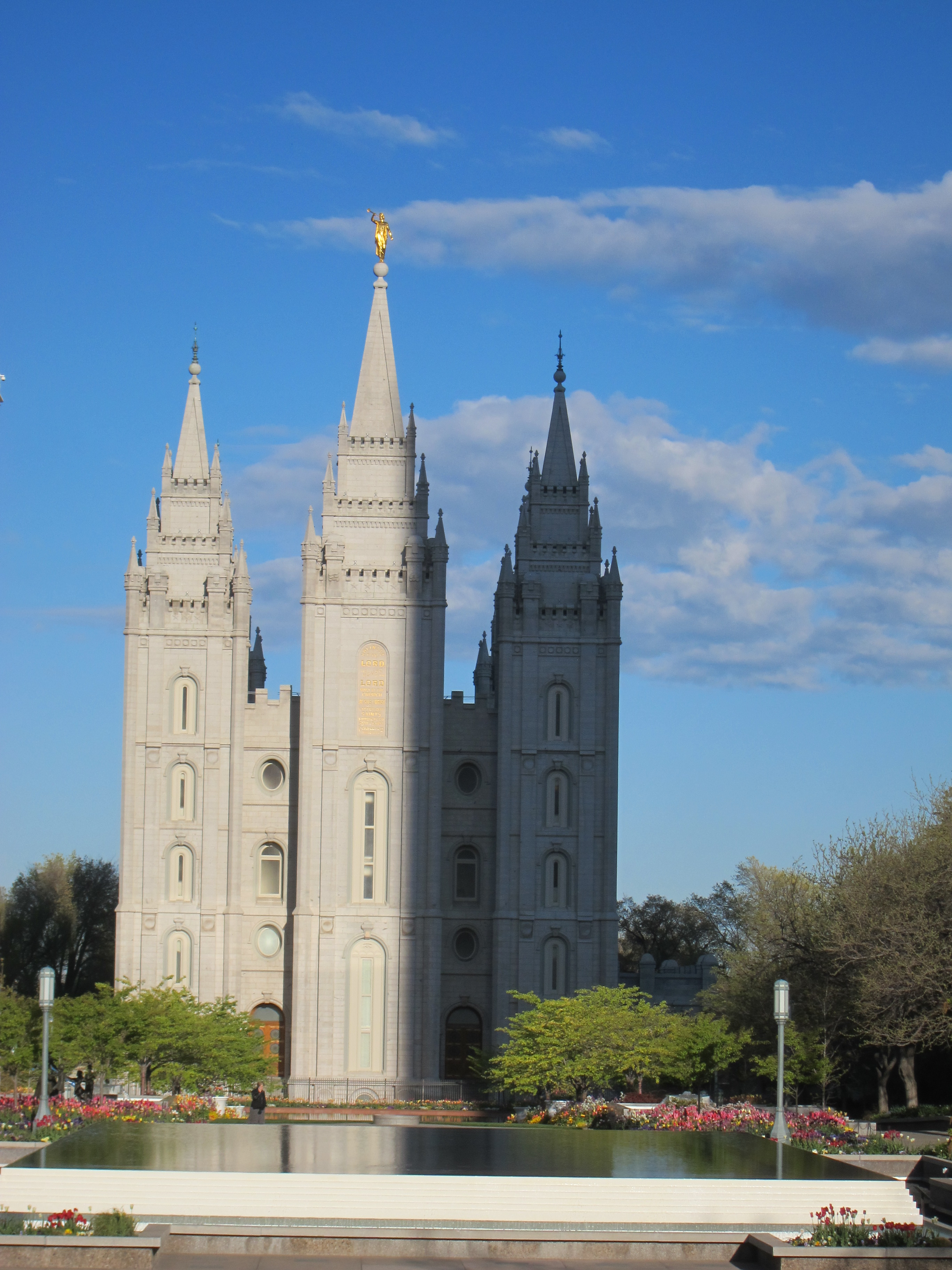What Is The Impact Of Architectural Preservation On Economic Revitalization?

Historic preservation is a topic that has gained significant attention in recent times, and for good reason. Preservation of historic buildings, monuments, and sites not only helps to maintain cultural heritage but also contributes significantly to the economy. In this post, we will explore the economic impact of historic preservation and why it is crucial.
Preservation Increases Property Values
One of the most significant economic benefits of historic preservation is the increase in property values. When a historic building or site is preserved, it attracts more visitors, leading to an increase in demand for nearby properties. As a result, the values of the neighboring buildings and sites tend to go up. Numerous studies have shown that the presence of historic districts correlates positively with higher property values.
For instance, historic buildings and districts in Decatur, Georgia, have consistently recorded an 8-12% increase in property value compared to non-historic ones. A similar trend has been observed in other areas across the United States, including the French Quarter in New Orleans, the Pearl Brewery district in San Antonio, and historic neighborhoods in Pittsburgh.
Preservation Creates Jobs
Another significant economic benefit of historic preservation is job creation. Historic preservation activities such as restoration, rehabilitation, and conservation require a variety of skilled tradespeople. These activities also have a ripple effect on the local economy through the creation of other jobs in supporting industries.
For instance, in the state of Pennsylvania, the preservation of historic buildings and sites has created over 40,000 jobs across a wide range of occupations including contractors, architects, surveyors, engineers, and more. Similarly, the restoration of the historic Riverwalk in San Antonio created over 1,200 jobs in the tourism, hospitality, and entertainment industries.
Preservation Attracts Tourists
Preserved historic buildings, monuments, and sites have significant tourist appeal. They provide insights into the past and allow visitors to appreciate and experience history first-hand. This tourism significantly contributes to the local economy through the influx of visitors who spend money on travel, accommodation, food, and other leisure activities.
For instance, the National Trust for Historic Preservation estimates that heritage tourism contributes over $12 billion annually to the U.S economy. Similarly, preservation efforts in Savannah, Georgia, have led to an increase in tourism revenue from $150 million to over $2.5 billion in the past 50 years.
Preservation Stimulates Local Business
Preservation of historic buildings, sites, and districts also stimulates local businesses. When a historic building is restored, it creates a new commercial space, which attracts new businesses. These businesses often tend to be locally-owned and run, which helps to create a supportive and robust local economy.
For instance, the preservation of the Crossroads Arts District in Kansas City, Missouri, has led to a surge in new businesses, from shops to restaurants and art galleries. Similarly, the revitalization of downtown Asheville, North Carolina, has seen over 250 new businesses open since the start of the revitalization program in 1980.
Preservation Fosters Community Development
Historic preservation also plays a significant role in community development. Preservation efforts help to create a sense of pride and identity among residents, leading to increased engagement and civic participation. This leads to the creation of a supportive community that is more resilient to economic and social challenges.
For instance, the preservation of the historic district in Natchez, Mississippi, has led to the creation of numerous community programs, including historic home tours and preservation workshops. Similarly, the preservation of historic Route 66 has been instrumental in the revitalization of numerous communities along the route.
Frequently Asked Questions
Why is historic preservation important?
Historic preservation is important as it helps to preserve cultural heritage and contributes significantly to the economy through increased property values, job creation, and tourist appeal. Preservation also helps to stimulate local business, foster community development, and create a sense of identity and pride among residents.
What are some examples of successful preservation efforts?
Some examples of successful preservation efforts include the preservation of the French Quarter in New Orleans, the Pearl Brewery district in San Antonio, and historic neighborhoods in Pittsburgh. Others include the revitalization of downtown Asheville, North Carolina, and the Crossroads Arts District in Kansas City, Missouri.
What are the economic benefits of historic preservation?
The economic benefits of historic preservation include increased property values, job creation, tourist appeal, local business stimulation, and community development. Preservation also leads to the creation of a supportive community that is more resilient to economic and social challenges.
How does historic preservation help stimulate local business?
Historic preservation helps to stimulate local business by creating new commercial spaces, which attract new businesses. These businesses often tend to be locally-owned and run, which helps to create a supportive local economy.
What role does historic preservation play in community development?
Historic preservation plays a significant role in community development as it helps to create a sense of pride and identity among residents, leading to increased engagement and civic participation. This leads to the creation of a supportive community that is more resilient to economic and social challenges.
In conclusion, historic preservation is an essential aspect of maintaining cultural heritage and contributing significantly to the economy. Preservation increases property values, creates jobs, attracts tourists, stimulates local business, and fosters community development. By investing in historic preservation, we not only preserve our past but also create a better future for ourselves and future generations.

![Home [www.citywindsor.ca]](https://www.citywindsor.ca/residents/planning/development-incentives/PublishingImages/Economic Revitalization.bmp)

Post a Comment for "What Is The Impact Of Architectural Preservation On Economic Revitalization?"